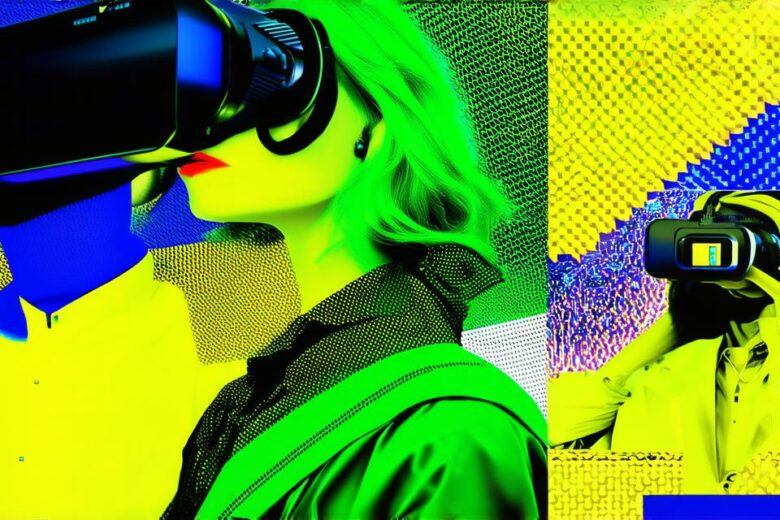Augmented Reality and Entertainment
Augmented reality (AR) is a technology that overlays digital information onto the real world. It has already found applications in various industries, including gaming and advertising. However, its potential to revolutionize the entertainment industry is yet to be fully realized.
1. Gaming
Gaming is one of the most popular applications of AR technology. With AR, gamers can immerse themselves in a virtual world and interact with it in real-time. This allows for a more engaging and interactive gaming experience.
One of the key advantages of using AR in gaming is that it allows players to experience games in a new way. For example, instead of sitting in front of a screen, players can use their smartphones to view the game world overlaid on top of the real world around them. This makes it possible to play games in any location, at any time.
Another benefit of using AR in gaming is that it allows for more realistic interactions with virtual objects. With AR, players can touch and manipulate virtual objects as if they were real. This adds a new level of immersion to the game and makes it even more engaging.
2. Advertising
AR technology has also found applications in advertising. By overlaying digital information onto the real world, advertisers can create interactive ads that are more engaging and memorable than traditional ads.
For example, an AR-enabled billboard could display a virtual product or service that customers can interact with by using their smartphones. This allows for a more personalized and interactive advertising experience.
AR can also be used to create virtual try-on experiences for products such as clothing and makeup. Customers can use their smartphones to see how the product would look on them before making a purchase. This can help increase sales and reduce returns.
3. Education
AR technology has the potential to revolutionize education by providing a more immersive and interactive learning experience. With AR, students can visualize complex concepts in 3D and interact with virtual objects as if they were real.
For example, an AR-enabled textbook could allow students to explore the human body by overlaying virtual organs onto their own bodies. This would provide a more engaging and interactive learning experience than traditional textbooks.
AR can also be used to create virtual field trips to historical or scientific sites. This would allow students to learn about these sites in a more immersive and interactive way.
4. Entertainment
AR technology has already found applications in the entertainment industry, including film and television. By overlaying digital information onto the real world, filmmakers and TV producers can create new and innovative ways of telling stories.
For example, AR-enabled movies could allow for virtual characters to interact with the real world around them. This would create a more immersive and interactive viewing experience for audiences.
AR can also be used in live events such as concerts and sporting events. By overlaying digital information onto the real world, event organizers can create new and innovative ways of engaging audiences. For example, an AR-enabled concert could allow fans to see their favorite artists in a virtual reality environment.
Conclusion

In conclusion, augmented reality technology has the potential to revolutionize the entertainment industry. By overlaying digital information onto the real world, it allows for more engaging and interactive experiences in gaming, advertising, education, and entertainment. As the technology continues to evolve, its applications in the entertainment industry are likely to grow even more diverse and innovative.
